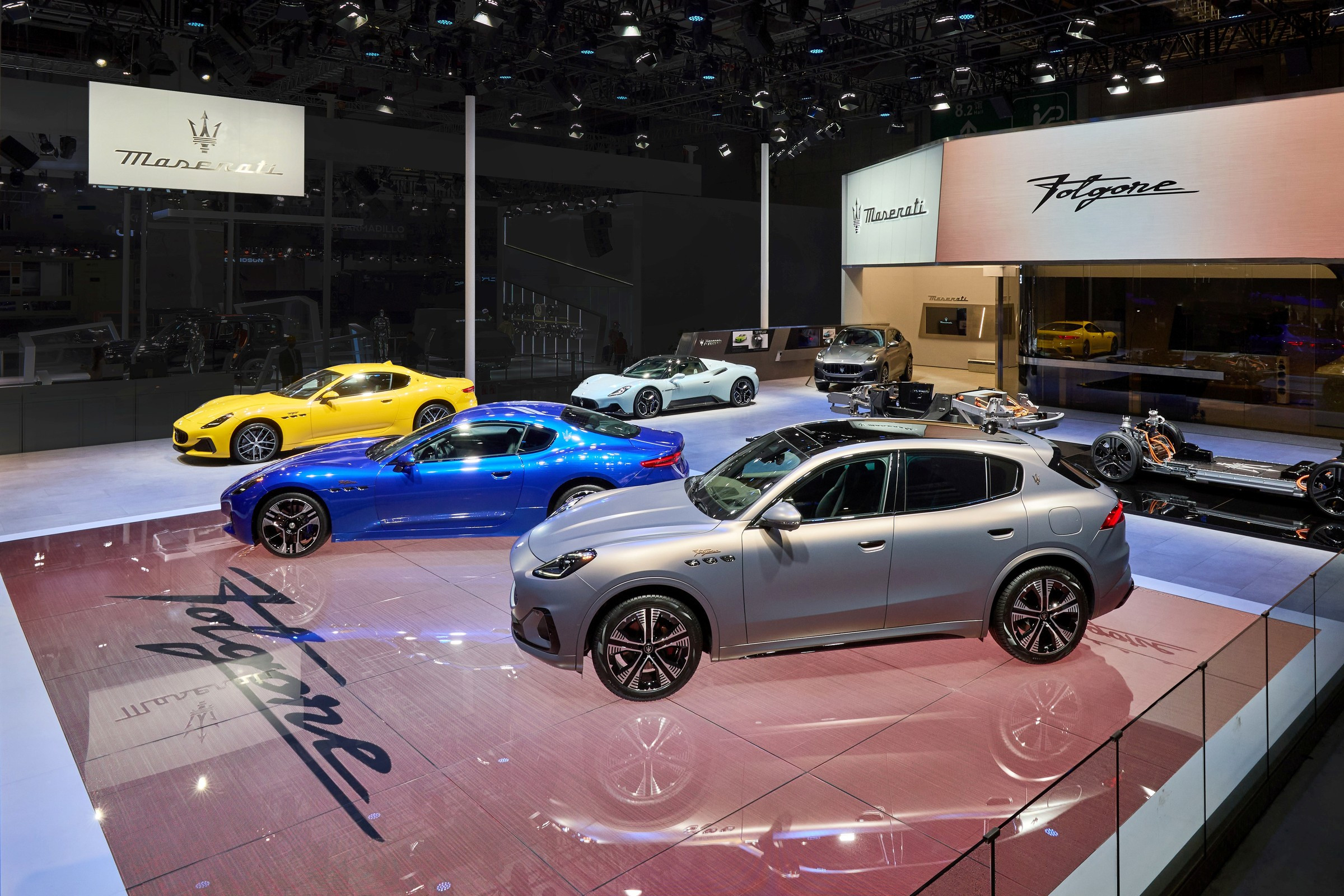
Based on the results of the first half of 2024, Stellantis Corporation showed rather depressing financial results, which forced its management to think about optimization — the question of the feasibility of the existence of some problematic brands arose again.
The Stellantis Corporation, formed in 2021 as a result of the merger of Fiat Chrysler Automobiles and PSA Group, now has fourteen brands on its balance sheet — Abarth, Alfa Romeo, Chrysler, Citroen, Dodge, DS, Fiat, Jeep, Lancia, Maserati, Opel, Peugeot, Ram and Vauxhall. Last year, the de facto fifteenth Stellantis brand became the Chinese Leapmotor, whose interests the corporation represents outside of China. Standing a little apart from this pool is Maserati, a structurally separate company controlled by Stellantis. In practice, this status is expressed in the fact that in the financial statements of Stellantis you can separately see the performance of the Maserati brand, while no details are provided for other brands.
Overall, Stellantis's net profit for the first half of the year amounted to 5.647 billion euros, which is 48% less than in January-June 2023. The corporation's total sales decreased by 5.79% to 2.994 million cars. Maserati sold only 8,900 cars against 14,500 in the first half of 2023, the forecast for Maserati at the end of 2024 is less than 12,000 cars sold. Stellantis' management and shareholders are greatly concerned about its weakening positions in the United States: Ram brand sales in the first half of the year fell by 26% to 200,793 cars, Jeep fell by 9% — 304,186 cars were sold, Dodge sales fell by 16% to 92,735 cars.
With such dynamics, Stellantis risks slipping into losses within a year, so anti-crisis measures are already being discussed: Stellantis CEO Carlos Tavares said that he would not hesitate to close brands that would not generate profit, but did not specify in what time frame this could happen. In 2021, Tavares cheerfully claimed that all Stellantis subsidiary brands would receive fairly broad creative freedom and a chance to develop; plans were drawn up for about ten years ahead, but many of them have already been adjusted.
Thus, earlier this year Maserati announced a delay in the launch of new flagship models: a new large crossover (replacing the Levante) will appear only in 2027, a new Quattroporte sedan — in 2028. The goal of turning Maserati into a purely electric car brand by 2030 looks questionable in light of the global slowdown in demand for electric cars that began last year. Stellantis CFO Natalie Knight said at a conference dedicated to the publication of the results of work in the first half of 2024 that «we may have to find a better home for Maserati in the future.»
The business publication Automotive News Europe believes that the best candidate to buy Maserati is Ferrari, which has significantly increased its sales and profits after leaving Fiat Chrysler Automobiles in 2015, but there has been such an experience before: in 1997, Maserati became dependent on Ferrari and nothing particularly good came of it, these two brands are too close in image, it is better for them to live separately. Within Stellantis, the Maserati brand is in conflict with Alfa Romeo, many customers perceive Maserati models simply as more expensive Alfas and refuse to buy them on this basis. In general, Maserati is now in limbo, as it has been for most of its history.
Despite all the failures, Stellantis is unlikely to close Maserati, since the brand objectively has great potential due to its worldwide fame. But niche brands Abarth, DS and Lancia, virtually unknown outside Europe, may well be consigned to the archives if they do not show encouraging results quickly enough — we believe they have a year and a half in reserve, but hardly more.









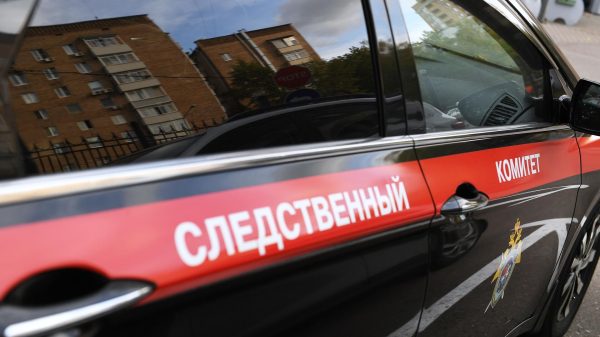
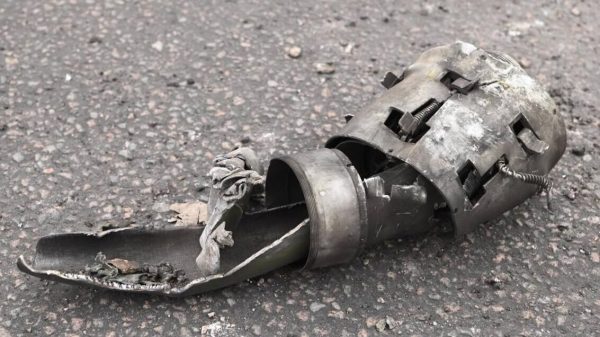








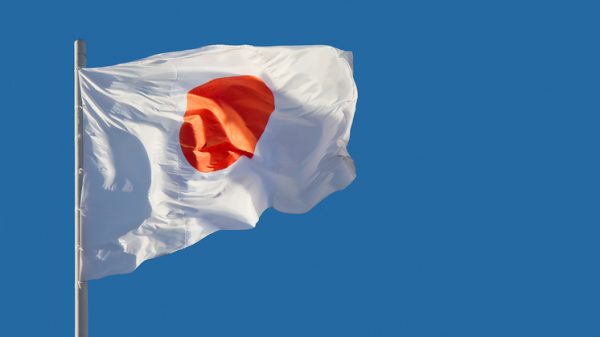














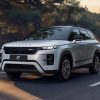
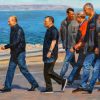



















Свежие комментарии